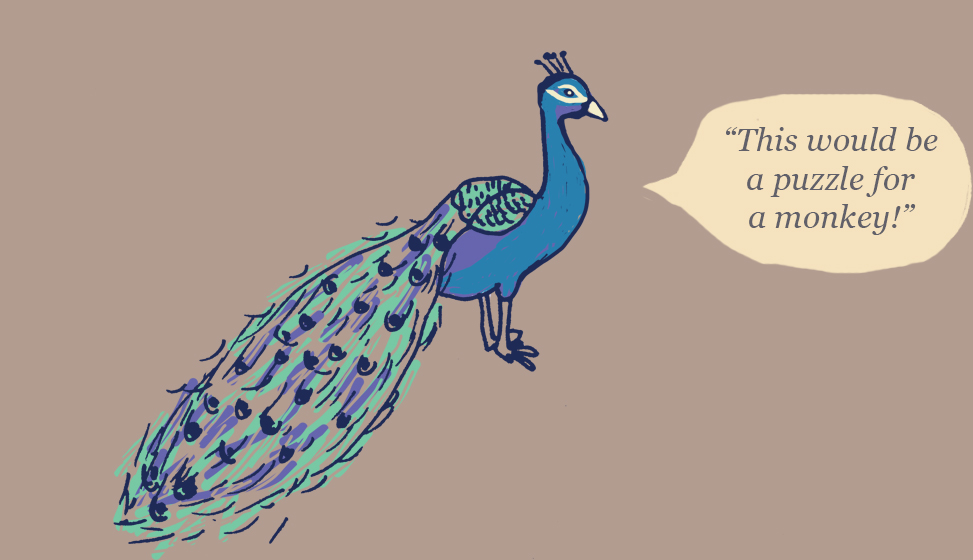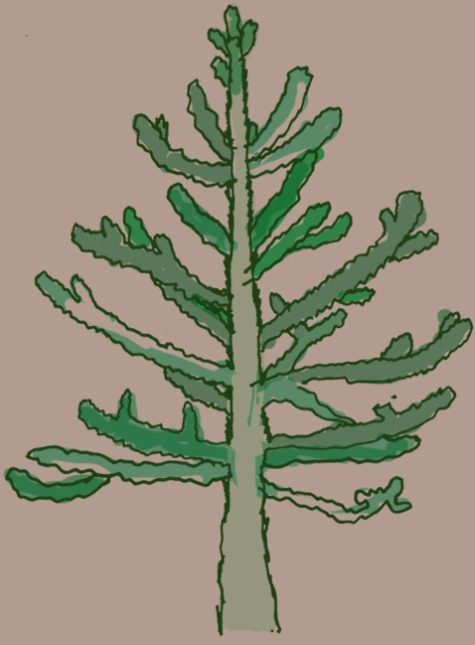
Family Friendly Gardens
Welcome to our beautiful grounds
Our gardens in Cornwall range from formal landscaping to ancient woodlands. There is plenty to explore, and with so much variety we are perfect for family days out in Cornwall. For those who like circular walks, Pencarrow provides both short and long routes, some with wheelchair access. Kids go free here at Pencarrow, so we remain one of the few free things to do for children in Cornwall!
Pencarrow’s gardens are beautiful whatever the season, starting with our Snowdrop Sundays in February, which are very popular. The true floral season begins in March with a dazzling display of camellias and rhododendrons (more than 400 varieties). Bluebells and wild garlic carpet the woods in May-June and the Memorial Garden provides a stunning summer display. Into the autumn you can enjoy the hydrangeas and ancient trees on the turn, making these gardens ever-changing and always engaging.
Particular points of interest include our Iron Age hill fort, the sunken Italian Garden with a quatrefoil fountain, the ice house, palm house and ancient Cornish cross. We also have a grotto at Pencarrow which is believed to have been a secret meeting place.
The Garden Design
These gardens were designed and laid out between 1831-55 by the radical statesman and later Secretary of State for the Colonies, Sir William Molesworth. He worked on the project with his head gardener, Thomas Corbett. Much of their collection came from botanical explorers such as Douglas, Lobb, and Wallich. The trees are very varied; at one stage Pencarrow’s woodland had a specimen of every conifer, except ten, considered hardy enough for the British climate.
To the left of the Italian Gardens Pencarrow can boast of having the first Victorian rock garden in England. Its great granite stones, now interplanted with shrubs and trees, were carted to Pencarrow by Bodmin Moor farmers. They were pleased to help, grateful for Sir William’s staunch support in Parliament.
Pencarrow has a special relationship with the towering Araucaria araucana. The first large specimen of which was bought by Sir William Molesworth for 20 guineas and planted in solemn state before a house party. Noted barrister Charles Austin remarked upon touching its prickly leaves, “It would be a puzzle for a monkey”. His oft-repeated witticism gave the tree its common name of Monkey Puzzle.









